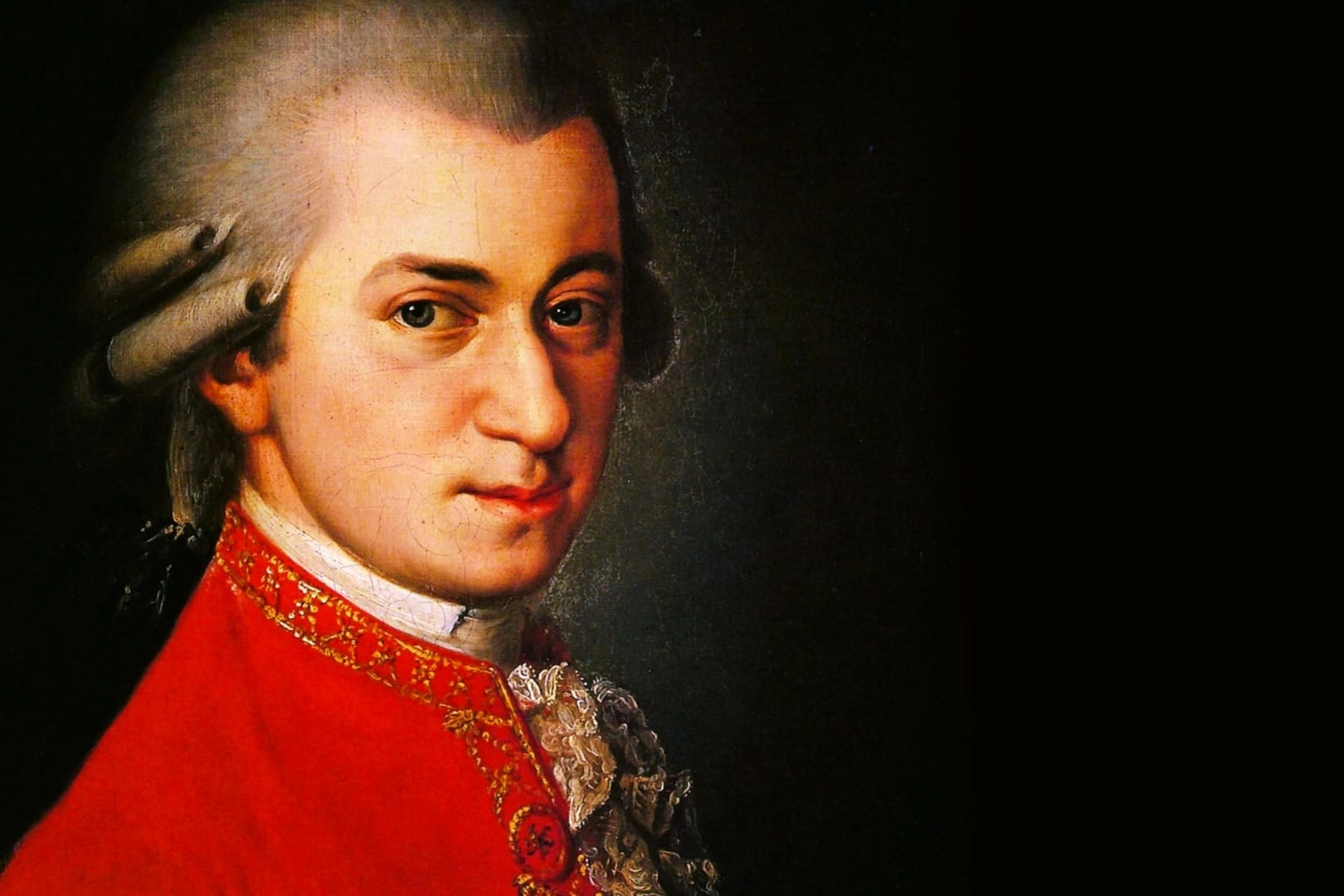
KUSC’s Alan Chapman has a lot to say about music, but can he say it in 60 seconds? That’s the Chapman Challenge. We ask a question and Alan has a minute to answer it.
Today’s question is from David in Los Angeles, who writes, “First, let me say that I’m a big fan of Mozart in the Morning. My question has to do with Mozart’s symphonies. Everybody talks about his 40 symphonies, but the “Jupiter” is number 41. Please explain.”
He also presented a symphony by his good friend back in Salzburg, Michel Haydn. And he added his own slow introduction to the symphony.
So with a manuscript in Mozart’s own hand, the entire symphony was taken to be Mozart’s work, and it went into the catalog as Symphony No. 37. It wasn’t until 1907 that an expert caught the mistake. What had been listed as No. 37 was not a Mozart symphony, but all the subsequent ones retained their numbers. So if you bought a set of Mozart symphonies and it’s missing No. 37, it’s not defective. That’s just the way it is.
That’s today’s Chapman Challenge. Is there a question you’d like to have answered in 60 seconds? Send it to us at [email protected].







